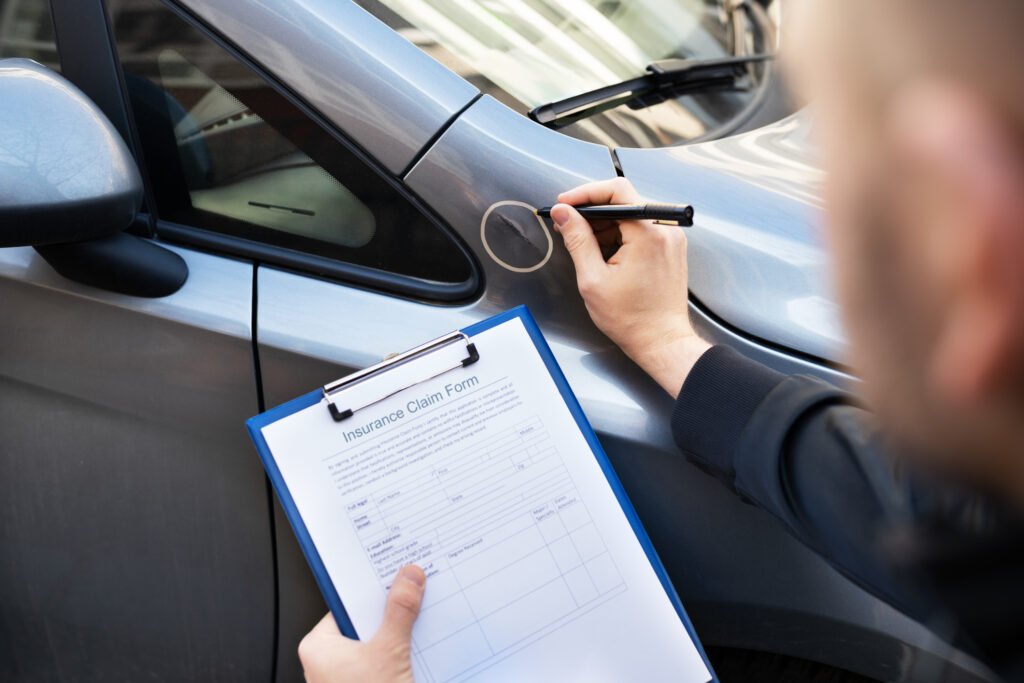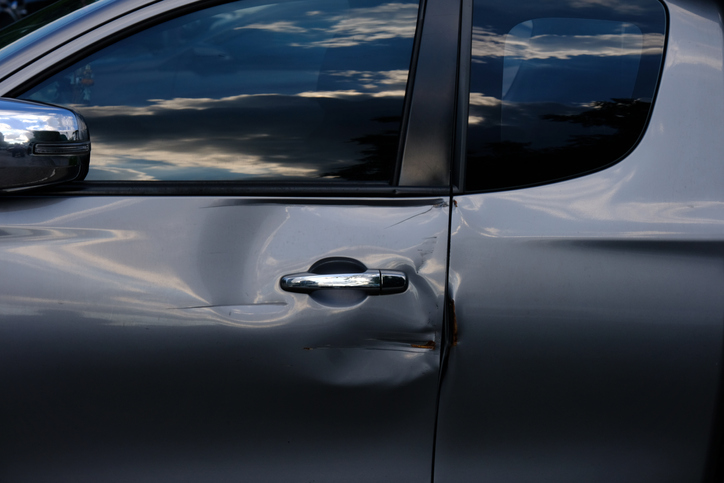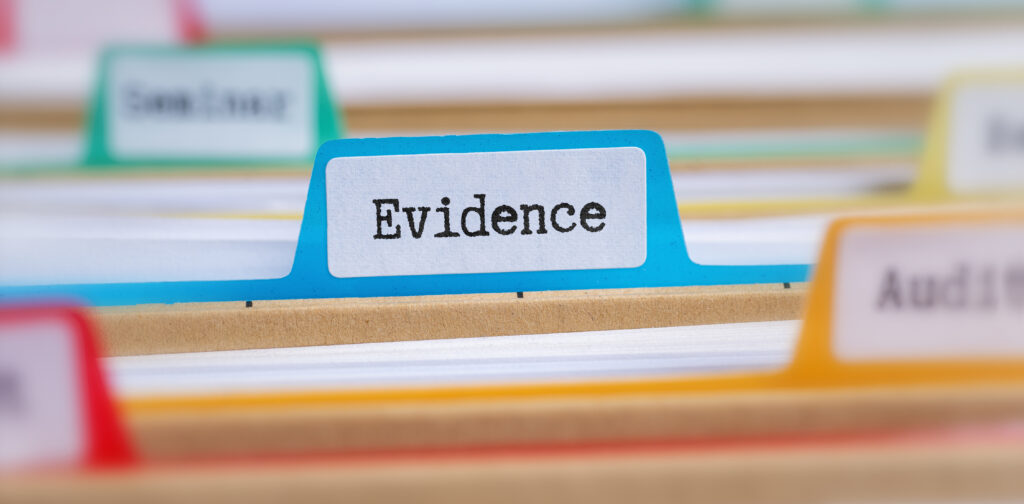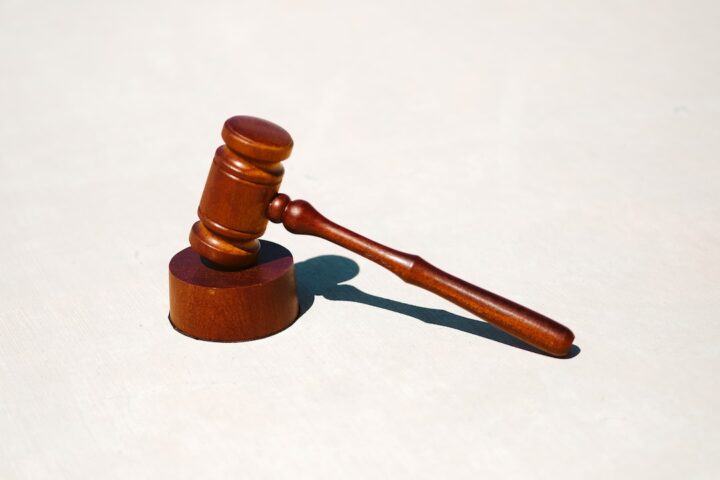
About a Car Accident: Determining Fault by Location of Damage
Filing a personal injury claim after a car accident can help cover out-of-pocket expenses and other damages, but before recovering compensation, the plaintiff must prove that the other party was at fault.
In a car accident case, determining fault based on the location of damage can support the claim that the other driver was responsible for causing the crash. If you were involved in a car accident in Buena Park, CA, here is how to prove fault by location of damage.
Who Determines Fault in a Car Accident Case?
The early stages of a car accident case begin with each party reporting the event to their auto insurance companies. Then, the insurance adjusters inspect the vehicles involved and conduct an investigation to determine fault. This may consist of the following steps.
- Interviewing the parties involved
- Collecting witness testimony
- Obtaining available surveillance footage
- Reviewing damages to the vehicles
- Examining medical records to determine injuries and medical bills
The Police Report and CHP’s Role
If the car accident was reported to the police, then the officer will sometimes determine fault based on evidence at the accident scene and on witness testimonies. Insurance companies will then use the accident report to identify the liable party.
 How the Location of the Damage Proves Fault
How the Location of the Damage Proves Fault
The location of vehicle damage can reveal if a driver was tailgating, speeding, or completely oblivious to their duty of care to drive in a safe manner. More specifically, the following types of crashes can determine car accident fault.
Intersection Car Accident
If two vehicles collide at an intersection, the location of the damage on each vehicle can provide clues about which driver had the right-of-way.
For example, in a t-bone collision, where the front of one vehicle is damaged and the side of the other vehicle is damaged, it can be suggested that the vehicle with frontal damage was making a left turn into oncoming traffic. If that vehicle was not yielding, the odds of two or more vehicles colliding becomes more likely, putting the turning vehicle at fault.
Rear-end Collision
If one driver rear-ends another driver, the location of the vehicle damage provides clues indicating that one driver was tailgating, placing that driver at fault.
Rear-end car accidents can be the result of aggressive driving. Or, at the time when the accident happened, the trailing driver became distracted (whether looking away from the road or texting while driving), causing the collision with the vehicle ahead.
For example, if the vehicle damage to the car that was rear-ended sustained fairly minor damage to its bumper, while the other car sustained more significant damage to its front grille or hood, this would indicate that the rear-ending driver did not allow enough stopping distance.
Sideswipe
If two vehicles sideswiped each other, the location of the damage on each vehicle can be helpful in proving fault. The provided clues about whether one of the drivers was switching lanes when the accident occurred will be evident.
A collision is more imminent if the driver that was switching lanes did so without signaling and alerting the other driver.
For example, if one car has damage to the passenger side, while the other car has damage to the driver’s side, the abrasions can indicate which driver was in the wrong.
Red Light Accident
Proof that one driver ran a light is often indicated by the location of the damage based on where the impact was made. The severity of the impact will also be telling.
The driver running the red light will typically sustain front-end damage, while the other vehicle will sustain damage to its side.
Depending on which direction the reckless driver is coming from, a head-on collision can also result. Both areas of car accident damage can indicate which driver was at fault. Other evidence at the accident scene, like skid marks, can indicate that one driver was speeding and ran the light.
 Laws for Determining Car Accident Fault
Laws for Determining Car Accident Fault
There are certain rules that all drivers are expected to follow. If a reckless driver fails to follow these laws, it is sometimes apparent in the ensuing vehicle damage. Common traffic laws include:
- Obeying speed limit laws
- Making full stops at stop signs
- Yielding to pedestrians and bicyclists
- Exercising care by not engaging in distractions
- Driving safely and not speeding
- Not drinking and driving
From speeding to texting while driving, driver negligence can take many forms. To prove liability, an experienced car accident attorney will conduct a thorough investigation into the accident.
This includes identifying and interviewing witnesses and consulting with expert witnesses, like accident reconstruction experts. The investigation of the car accident damage will prove who is at fault and strengthen the personal injury claim.
How Does Fault Affect an Insurance Claim?
When filing an insurance claim, it’s important to understand how the legal system works when it comes to negligence, as every state is different.
California is an at-fault state. This means that every party who caused the car accident can be held liable. Therefore, both the plaintiff and defendant can be responsible for damages.
All parties who are found at fault will be responsible for covering economic damages and non-economic damages (including their own), such as:
- Car repairs
- Medical bills
- Lost wages
- Property damage
- Pain and suffering
- Compensation for bodily injury
Comparative Negligence
While California’s laws hold all parties accountable (including the person filing the car accident claim), the state’s comparative negligence laws still allow plaintiffs to recover compensation. The courts will assign a percentage of fault to the plaintiff and subtract that percentage from the final settlement.
For example, if the plaintiff is 10% liable and was initially awarded $10,000 in damages, the final amount granted will be $9,000.
 Proving Liability in a California Car Accident
Proving Liability in a California Car Accident
For a car accident claim to be valid, it must be proven that the defendant acted negligently. To prove this, the four elements of negligence must be indicated.
- The defendant had a duty of care to operate his or her vehicle in a safe manner
- The defendant breached that duty of care by failing to operate in a safe manner
- The defendant’s reckless actions caused the car accident
- The car accident led to injuries, financial loss, and other damages
What Are the Unique Considerations of How Fault Is Determined in California?
There are two distinct ways that an insurance company can determine fault in California. The first is to prove that a driver was “negligent.”
Common law violations include duty of care, breach of duty, causation, and damages. Evidence of these violations can be found in documents such as police reports and witness statements.
The second is to establish statutory negligence by proving that the driver violated a statute under the California Vehicle Code.
Typically, the police report will list if any statutes were violated. If this is the case, the at-fault party will be deemed negligent, without any additional evidence required. This is called negligence “per se.”
 How Is Fault Determined in a Car Accident? Learn More
How Is Fault Determined in a Car Accident? Learn More
There are many considerations that go into determining car accident fault. The state’s at-fault driver laws and pure comparative negligence rules can affect the outcome of an insurance claim.
Ultimately, fault will need to be established. Based on the location of where the collision occurred, it could be determined which party is liable. However, this will require an in-depth investigation and legal knowledge to prove the four elements of negligence.
If you have recently been injured in a car accident, it’s important to contact a car accident lawyer who can represent your best interests and help you prove liability. Contact Park Accident Attorneys today to schedule a free consultation.


